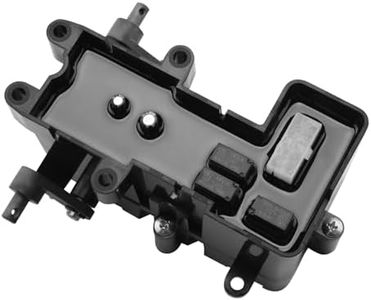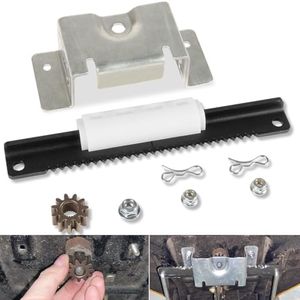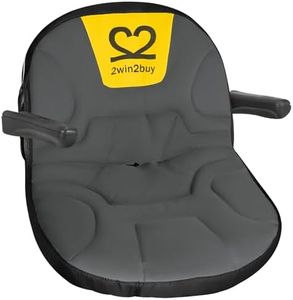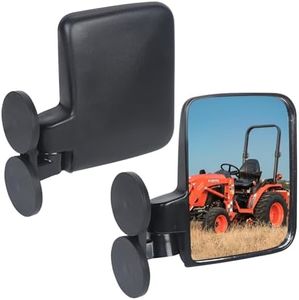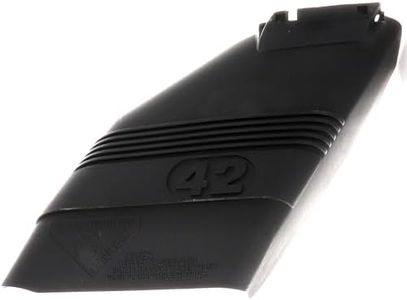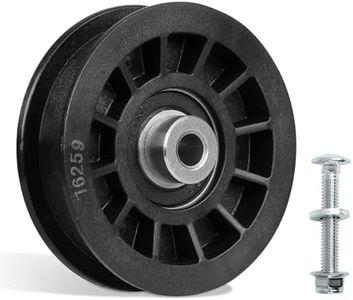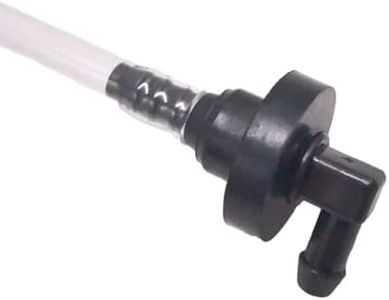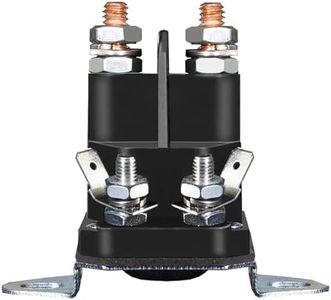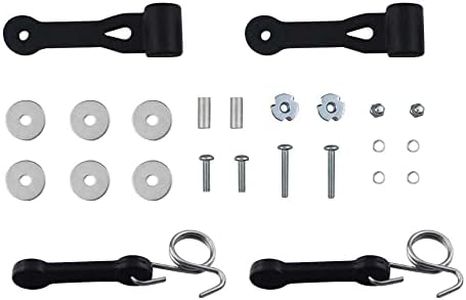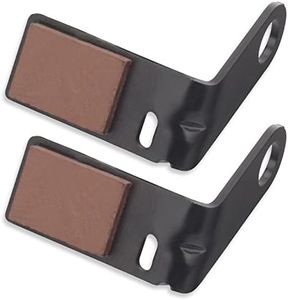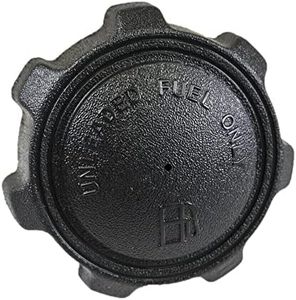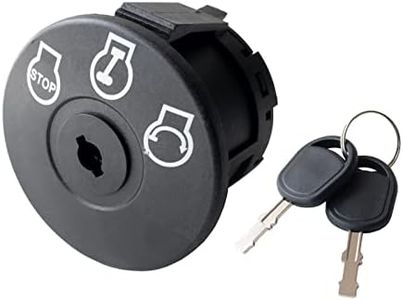We Use CookiesWe use cookies to enhance the security, performance,
functionality and for analytical and promotional activities. By continuing to browse this site you
are agreeing to our privacy policy
10 Best Lawn Tractors
From leading brands and best sellers available on the web.Buying Guide for the Best Lawn Tractors
Choosing a lawn tractor is an important decision if you have a medium to large yard or a property that requires regular mowing and maintenance. Lawn tractors are powerful machines designed to make your job easier, but finding the right one can depend on several key features. Understanding these features and how they align with your property size, terrain, and intended uses will help ensure you pick a tractor that serves you well for years. Before making a decision, consider the layout and demands of your yard, as well as how comfortable and easy to operate you need the machine to be.Engine Power (Horsepower)Engine power, measured in horsepower (HP), indicates how strong the tractor's engine is, affecting how well it can handle thick grass, slopes, and attachments. Typically, models range from about 15 HP to over 25 HP. For flat, smaller yards and just basic mowing, a tractor on the lower end of this range is suitable. For larger yards, hilly terrain, or if you plan to use your tractor for towing or using additional attachments, a higher horsepower engine is better. Think about how demanding your yard is and whether you plan to do more than just cut grass to decide where your needs fall on this spectrum.
Cutting Deck SizeThe cutting deck size refers to the width of grass the tractor can cut in a single pass, usually measured in inches. Sizes typically range from 36 inches to 54 inches or more. A wider deck means you can mow more grass in less time, which is great for big, open spaces. However, if your yard has lots of obstacles like trees, gardens, or tight turns, a smaller deck gives better maneuverability. So choose the deck size based on the size and complexity of your lawn and the amount of time you want to spend mowing.
Transmission TypeLawn tractors usually come with manual, automatic, or hydrostatic transmissions. Manual transmissions require you to shift gears physically, while automatic and hydrostatic types allow smoother, easier changes in speed without manual shifting—similar to driving an automatic car. Hydrostatic transmissions are known for being the smoothest and easiest to use, especially if you have many obstacles to maneuver around. If ease of use and comfort are important, especially for beginners, automatic or hydrostatic is a good choice, while those comfortable with shifting or seeking a more budget-friendly option might opt for manual.
Turning RadiusTurning radius measures how tightly the tractor can turn. A smaller turning radius means better maneuverability, which is important if you have many trees, flower beds, or other landscaping features. Larger radii are fine for open lawns with minimal need for tight turns. Consider your property's layout—lots of curves and obstacles call for a lawn tractor with a tight turning radius, while open yards can make do with less agility.
Comfort FeaturesComfort features can make a big difference during lengthy mowing sessions. Things like adjustable seats, cup holders, high-back seats, easy-to-reach controls, and even cruise control can turn a chore into a much easier job. If you expect to spend long stretches riding your tractor or have physical needs that require more support, prioritizing comfort features is wise. Think about how long and how frequently you’ll be mowing and which features might make the task more pleasant for you.
Attachments and VersatilityThe ability to use attachments—like baggers, snow plows, carts, or aerators—greatly expands what your lawn tractor can do. Some models are more versatile and compatible with a wide range of add-ons, while others are more limited. If you want your tractor to be useful beyond just mowing, check which accessories are available and compatible before buying. Assess your seasonal needs and what else you might want to do around your yard to decide how much flexibility you need.
Cutting Height OptionsCutting height options refer to how high or low you can set the mower blades to trim your grass. More height settings mean more flexibility in how you care for your lawn, adapting to different types of grass or seasonal needs. Yards with specialty grass or owners who care about a precise look may benefit from more adjustable settings. If you're less particular, standard ranges are usually sufficient.
Fuel Type and Tank CapacityMost lawn tractors run on gasoline, although there are some battery-powered models available. Gas models with larger tanks can run longer without needing a refill, helpful for bigger yards. If you prefer a quieter, more eco-friendly option and have a smaller lawn, consider a battery-powered model—just keep in mind that they typically need to be recharged after a set amount of use. Think about how much lawn you need to cover and how convenient it will be to refill or recharge.
